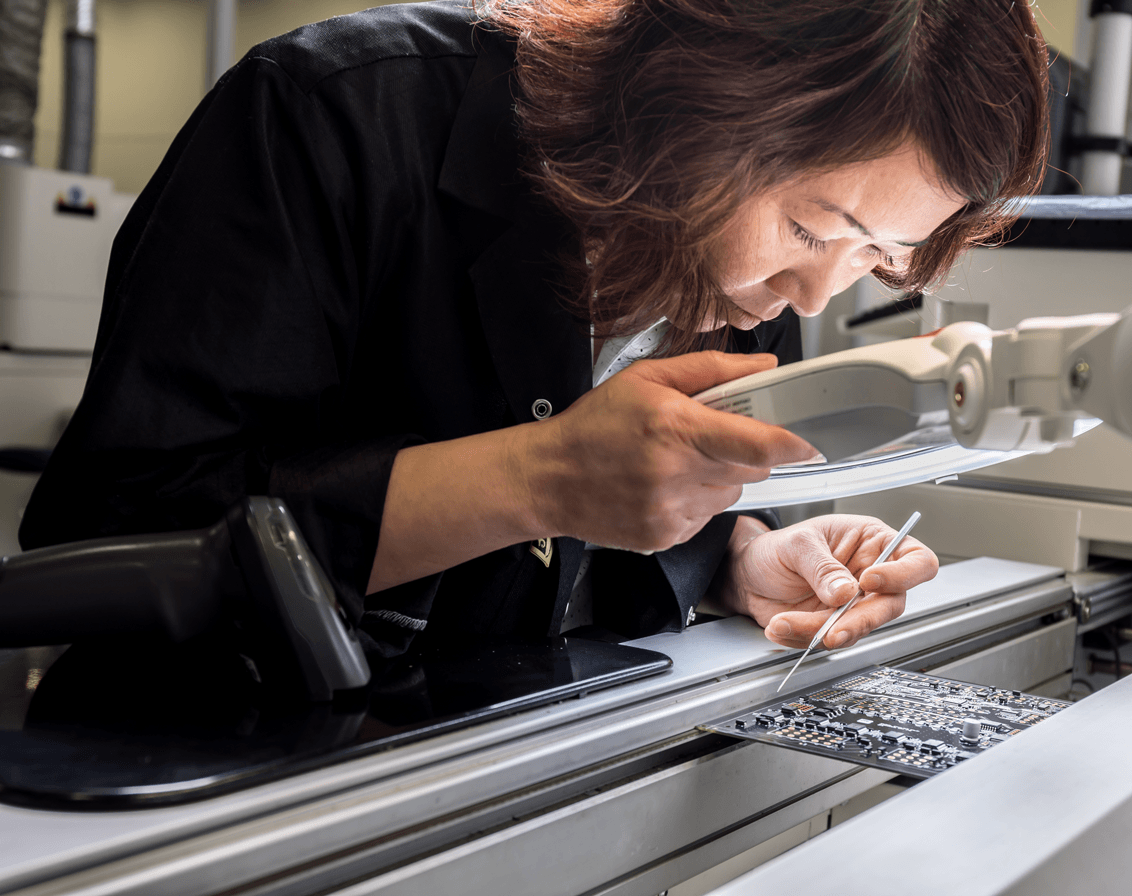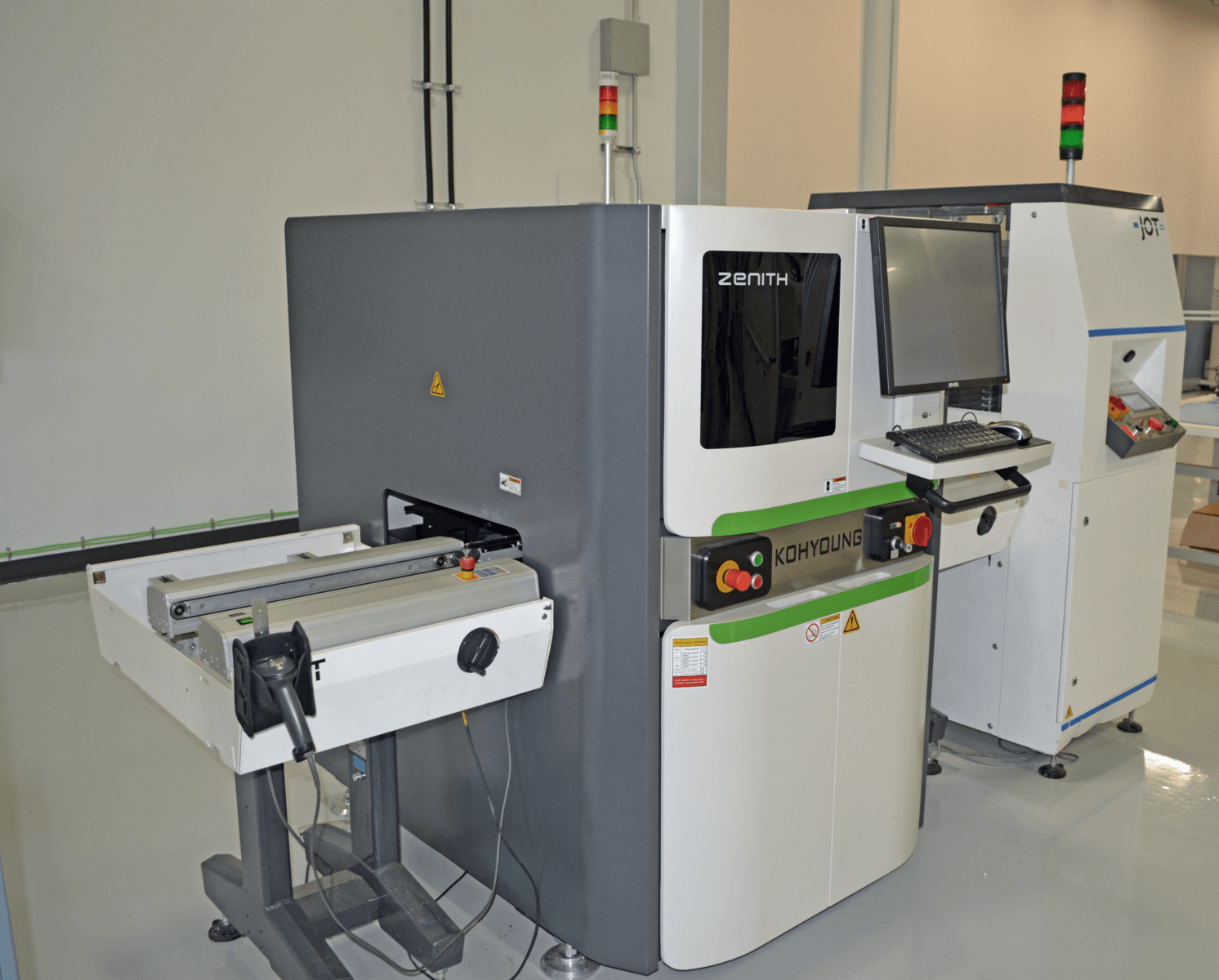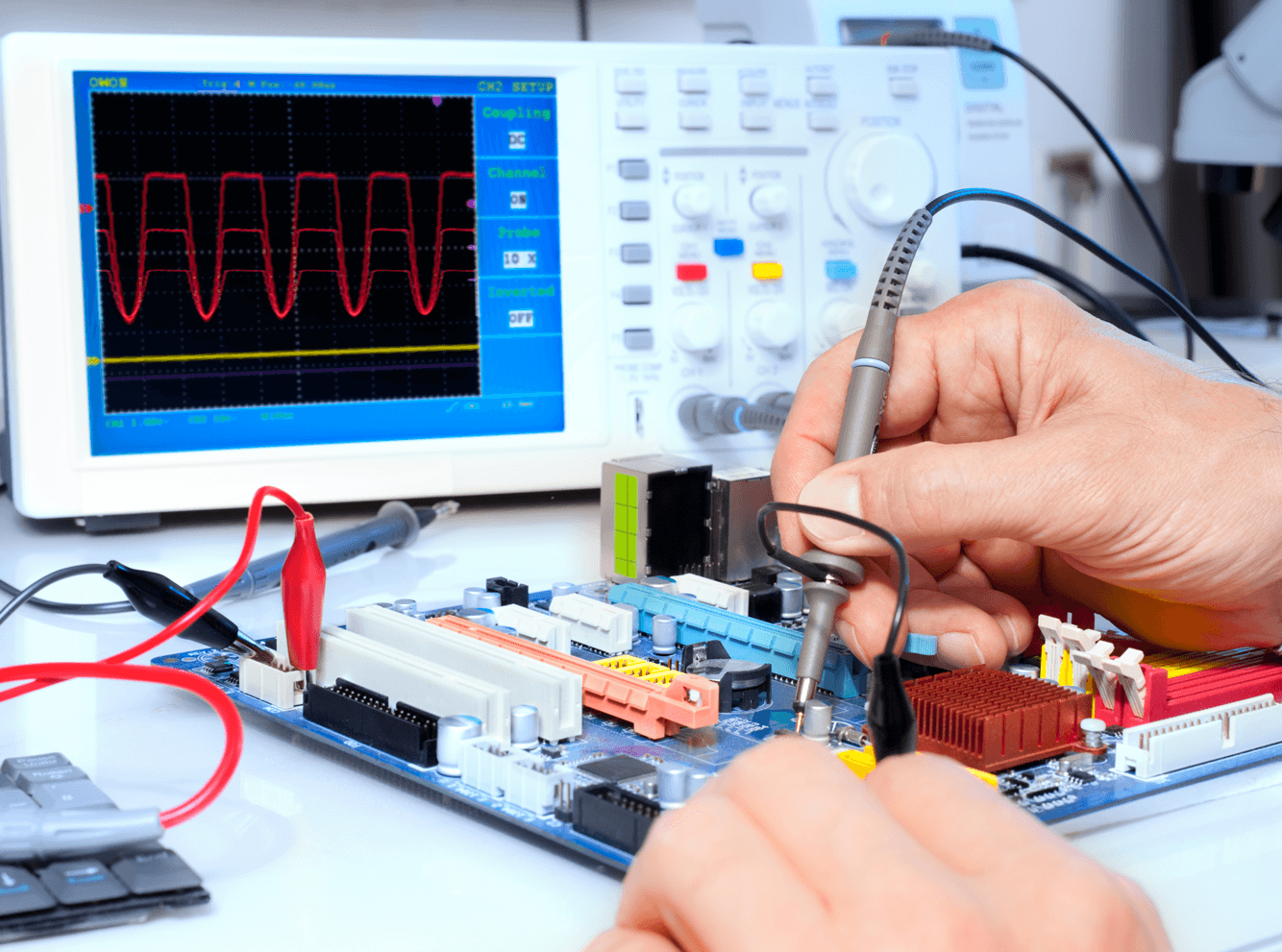Your partner for electronics manufacturing inspection and testing.
Your product defines your reputation, and as your strategic electronics manufacturing partner, we understand the importance of thoroughly tested products. We have the infrastructure and expertise to deliver rigorous inspection and electronics testing to ensure your product’s success. Your success is our success.
Our electronics manufacturing testing technologists will implement your test specifications to ensure your product’s quality, reliability and functionality before you go to market. We can conduct in-circuit and functional testing and provide insightful design-for-test (DFT) feedback, including valuable advice on optimizing the electronics manufacturing process to include multiple inspection and test points during production. When we catch problems or potential defects early on, we can mitigate these problems at a less expensive stage in the assembly process and avoid rework.
We are familiar with many software-based test systems. Using various methods of inspection and testing at different stages during the manufacturing process, we ensure that each component is inspected and tested to cosmetic and workmanship standards, dimensional measurements are within tolerance, and the fabrication and assembly documentation is compliant.



